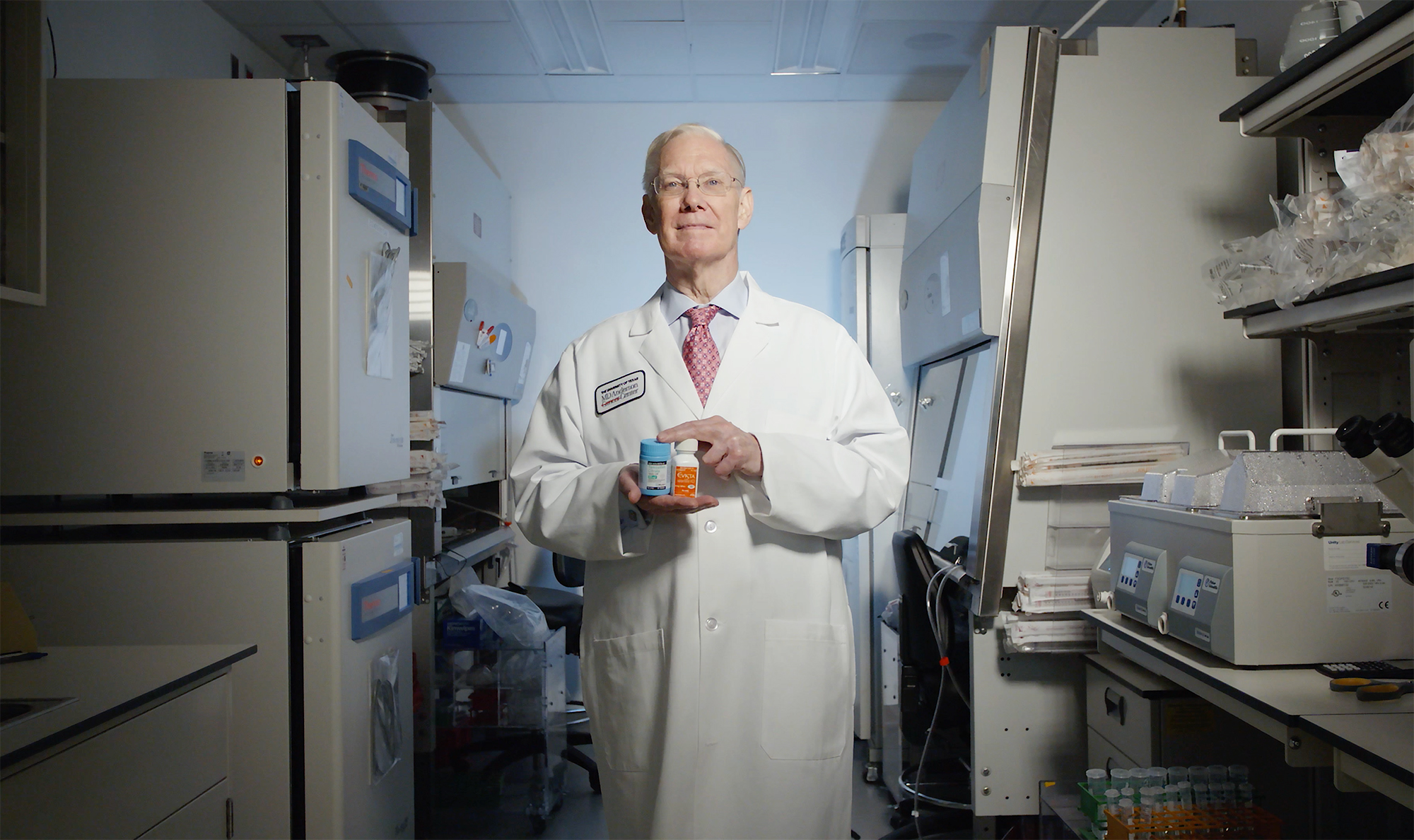
National Breast Cancer Awareness Month is an annual campaign in October to educate and increase awareness about breast cancer. The month-long effort began in 1985 as an annual recognition of the millions of women who have experienced or who have been impacted by breast cancer around the world, according to the World Cancer Research Fund International. In collaboration, the American Cancer Society and the pharmaceutical division of Imperial Chemical Industries (now part of AstraZeneca) began the effort primarily to promote the importance of mammograms. In 1993, the Breast Cancer Research Foundation formally established the pink ribbon as the symbol for breast cancer awareness. However, the pink ribbon had been in use two years prior when Susan G. Komen Foundation began distributing pink ribbons during its Race for the Cure events.
Each year, the collaborative effort draws the public together under focus themes. The theme for this year is “no one should face breast cancer alone” to emphasize the importance of community and support during the month. The larger goal is to raise funds for breast cancer research.
Breast cancer is the second most common cancer in the world after skin cancer. The disease manifests when abnormal breast cells form tumors. While most prominent in women, breast cancer can also occur in men. According to mayoclinic.org, symptoms can include a lump in the breast, a discharge from the nipple or changes in the size, shape or appearance of the nipple or breast. Treatment can range from chemotherapy, radiation and surgery.
The late Dr. V. Craig Jordan, CMG, OBE, DSc, PhD, FMedSci, FBPhS, FASPET, was an ASPET member for 44 years. He passed away on June 9 at the age of 76. Considered the “Father of Tamoxifen,” Dr. Jordan was a science researcher and professor at The University of Texas MD Anderson Cancer Center. He was an American and British pharmacologist who is credited with discovering the first targeted therapy in cancer to treat breast cancer and osteoporosis. His work uncovered that tamoxifen and other compounds that selectively target estrogen receptors could both treat and prevent breast cancer. Recognized for his work in breast cancer research, he led a Tamoxifen Team that specialized in drugs for breast cancer treatment and prevention.
V. Craig Jordan:
Contributions and Honors
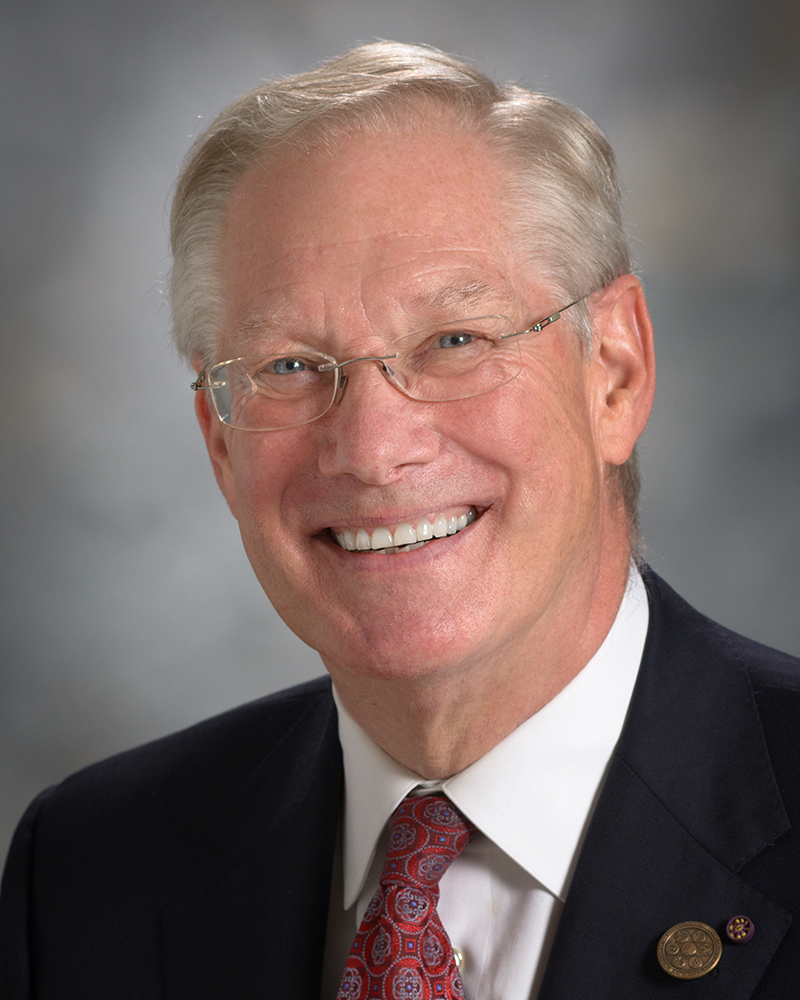 V. Craig Jordan was most recently a Dallas/Fort Worth Living Legend, Chair of Cancer Research, Professor of Breast Medical Oncology, Professor of Molecular and Cellular Oncology, Chief, Section of Basic Science Research and Pharmacology at the University of Texas MD Anderson Cancer Center. Prior to his position that started there in 2014, he served in positions at the University of Leeds, Switzerland’s Ludwig Institute, the University of Wisconsin-Madison, Northwestern University, Fox Chase Cancer Center and Georgetown University. His dedication and commitment to his research throughout his career was remarkable. Early in his career, Dr. Jordan had the opportunity to begin shaping the future of treatments for several conditions including all stages of breast cancer, osteoporosis and menopause symptoms.
V. Craig Jordan was most recently a Dallas/Fort Worth Living Legend, Chair of Cancer Research, Professor of Breast Medical Oncology, Professor of Molecular and Cellular Oncology, Chief, Section of Basic Science Research and Pharmacology at the University of Texas MD Anderson Cancer Center. Prior to his position that started there in 2014, he served in positions at the University of Leeds, Switzerland’s Ludwig Institute, the University of Wisconsin-Madison, Northwestern University, Fox Chase Cancer Center and Georgetown University. His dedication and commitment to his research throughout his career was remarkable. Early in his career, Dr. Jordan had the opportunity to begin shaping the future of treatments for several conditions including all stages of breast cancer, osteoporosis and menopause symptoms.
Dr. Jordan completed his undergraduate degree in pharmacology in 1969 from University of Leeds in West Yorkshire, UK, and his PhD in pharmacology from the same university four years later. He developed a strong interest in the therapeutic uses of tamoxifen, which was originally developed to block estrogen and prevent pregnancy. In fact, he wrote his doctoral dissertation on the drug.
Ironically, it was discovered that tamoxifen increased estrogen and fertility in women rather than decrease it. Dr. Jordan and the drug company agreed to let him experiment further with tamoxifen and research its use to treat breast cancer. Soon after, Dr. Jordan was lured to Worcester Foundation—where the research of oral contraceptives where widely done—by endocrinologist Michael Harper, who left soon after Dr. Jordan arrived.
Dr. Jordan went on to mark a new beginning for the treatment of breast cancer that would have a great impact on breast cancer prevention and treatments, ultimately, saving the lives of millions worldwide. Jordan’s research uncovered “Selective Estrogen Receptor Modulators” (SERMs). Unexpectedly, Jordan discovered that “non-steroidal antiestrogens” could increase bone density in estrogen-free rats but simultaneously prevent estrogen-stimulated mammary tumor growth. SERMs became a successful treatment and prevention of breast cancer.
Dr. Jordan’s legacy lives on and tamoxifen continues to influence future research for cancer drugs. Today, the drug is included on the World Health Organization’s (WHO) Model List of Essential Medicines as a treatment for early breast cancer. According to WHO, “tamoxifen is on the list because it can be taken orally, has low-intensity monitoring and less severe side effects.”
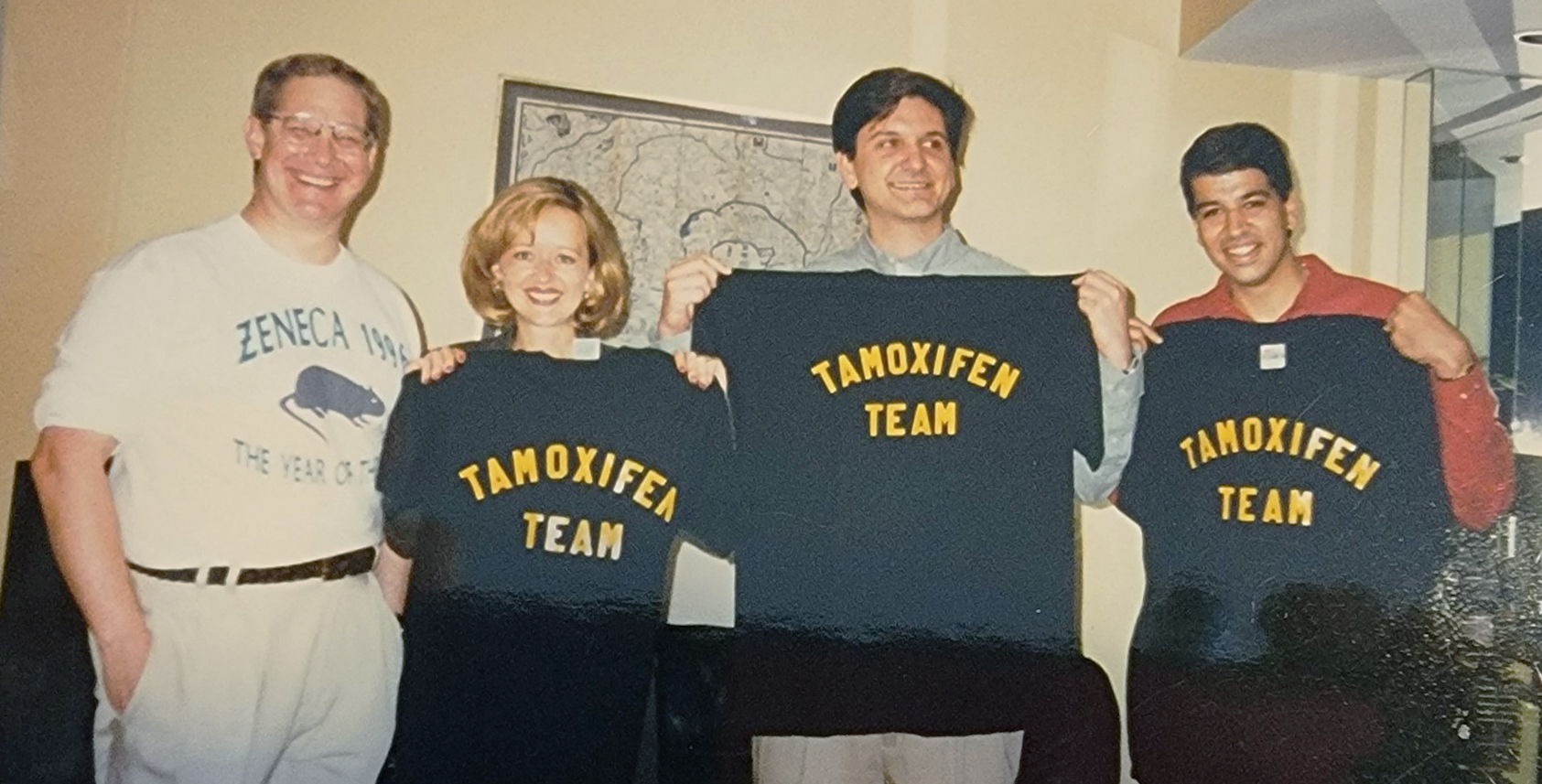
Dr. Jordan was named the 2023 Sir Henry Wellcome Gold Medal recipient, the highest award from the British Pharmacological Society that recognizes outstanding achievement and leadership in pharmacology and therapeutics. He received numerous awards during his 50-year career for his revolutionary research in women’s health, most notably breast cancer. Dr. Jordan joined the British Pharmacological Society in 1976 and was selected as an inaugural Fellow in 2004. In addition to the Sir Henry Wellcome Gold Medal award, he was recognized by the British Pharmacological Society with the Gaddum Memorial Award (1993) and the Sir James Black Award for contributions to Drug Discover (2015).
After coming to the United States in 1980, Dr. Jordan joined ASPET. He was named an ASPET Fellow in 2021. He also received the ASPET Award for Experimental Therapeutics (1993), the Louis S. Goodman and Alfred Gilman Award in Receptor Pharmacology (2012) and the Reynold Spector Awards in Clinical Pharmacology (2019). Jordan was also a Member of the National Academy of Sciences (2009), the National Academy of Medicine (2017), an Honorary Fellow of the Royal Society of Medicine (2008) and a Fellow of the Academy of Medical Sciences (2009).
Reflections from The Tamoxifen Team
The Tamoxifen Team consisted of at least a dozen members. Many of them have expressed their appreciation for his mentorship, leadership, legacy and guidance throughout their careers.



Balkees Abderrahman, MD, PhD
Dallas–Fort Worth Living Legend scholar, University of Texas MD Anderson Cancer Center in Houston (2015–22), did her PhD with Dr. Jordan. Image Credit: Ling Wang
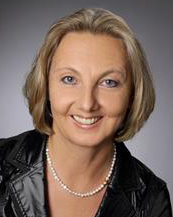


I knew Craig Jordan since he accepted my invitation to join our European Marie Curie Doctoral Training Network‚ “Fighting Drug Failure” as a “Super Mentor” more than 15 years ago. We became collaborators in the field of breast cancer research, particularly tamoxifen pharmacology. During that time, I had been the Deputy head of the Dr. Margarete Fischer Bosch Institute of Clinical Pharmacology in Stuttgart, Germany. I am now retired and continue to support my Institution as a scientific advisor.
In 2014, Craig Jordan and his team published a seminal paper in the British J Pharmacol (Maximov et al) that paved the way to a novel drug concept for improved tamoxifen therapy in patients with compromised tamoxifen bioactivation. Inspired by their findings from in vitro simulations of the role of the metabolite endoxifen for the biological effects of tamoxifen, a phase I clinical trial has been developed and conducted by our team at the Dr. Margarete Fischer Bosch Institute of Clinical Pharmacology in Stuttgart, led by Prof. Matthias Schwab. It was early this year, when the results of the trial were discussed among collaborators. During my last visit to Craig at his home in Houston, Texas, in March of this year, I found a very ill Craig Jordan but with unbroken passion for pharmacological science. I had the pleasure to vividly discuss with him over lunch and his fierce discipline to support this work was second to none until his untimely death in early June.
Craig Jordan’s legacy of unwavering support for the progress of pharmacological research and his commitment to his scientist colleagues and breast cancer patients have been unsurpassed, leaving a deep void, but fueling the hopes for a better future through science.”
Hiltrud Brauch, PhD
Associated Professor of Molecular Pathology, University of Tübingen, Germany, a collaborator and personal friend of Craig Jordan. Image Credit: Univ. of Tübingen



Debra Tonetti, PhD
Professor of Pharmacology, University of Illinois Chicago. Image Credit: University of Illinois Chicago
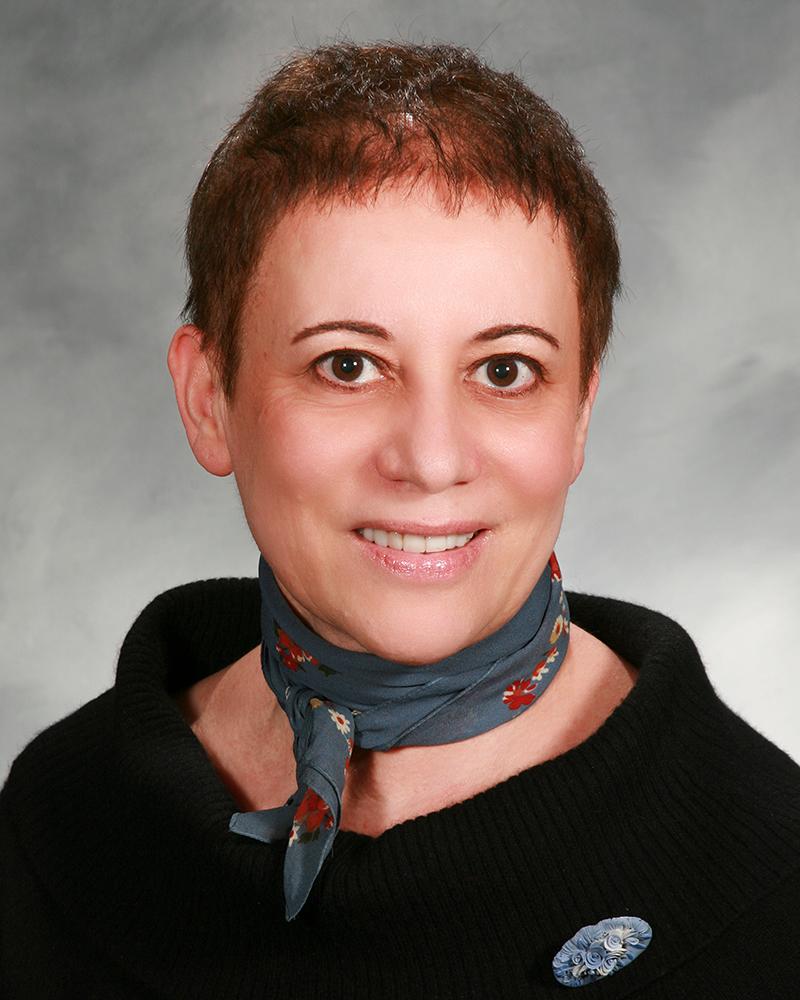


Aside of my scientific training, Dr. Jordan provided an outstanding range of opportunities such as writing scientific review articles for first-class journals and giving presentations at respected international conferences. With him and his mentorship, I gained much needed self-confidence and learned to believe in hard work and success.”
Anait S. Levenson, MD, PhD
Professor, Cancer Research and Pharmacology, Long Island University, Northwestern University Tamoxifen Team, and worked with Dr. Craig V. Jordan as a postdoctoral fellow (1994–98) and as a Research Assistant Professor (1998–2002). Image Credit: Long Island Univ
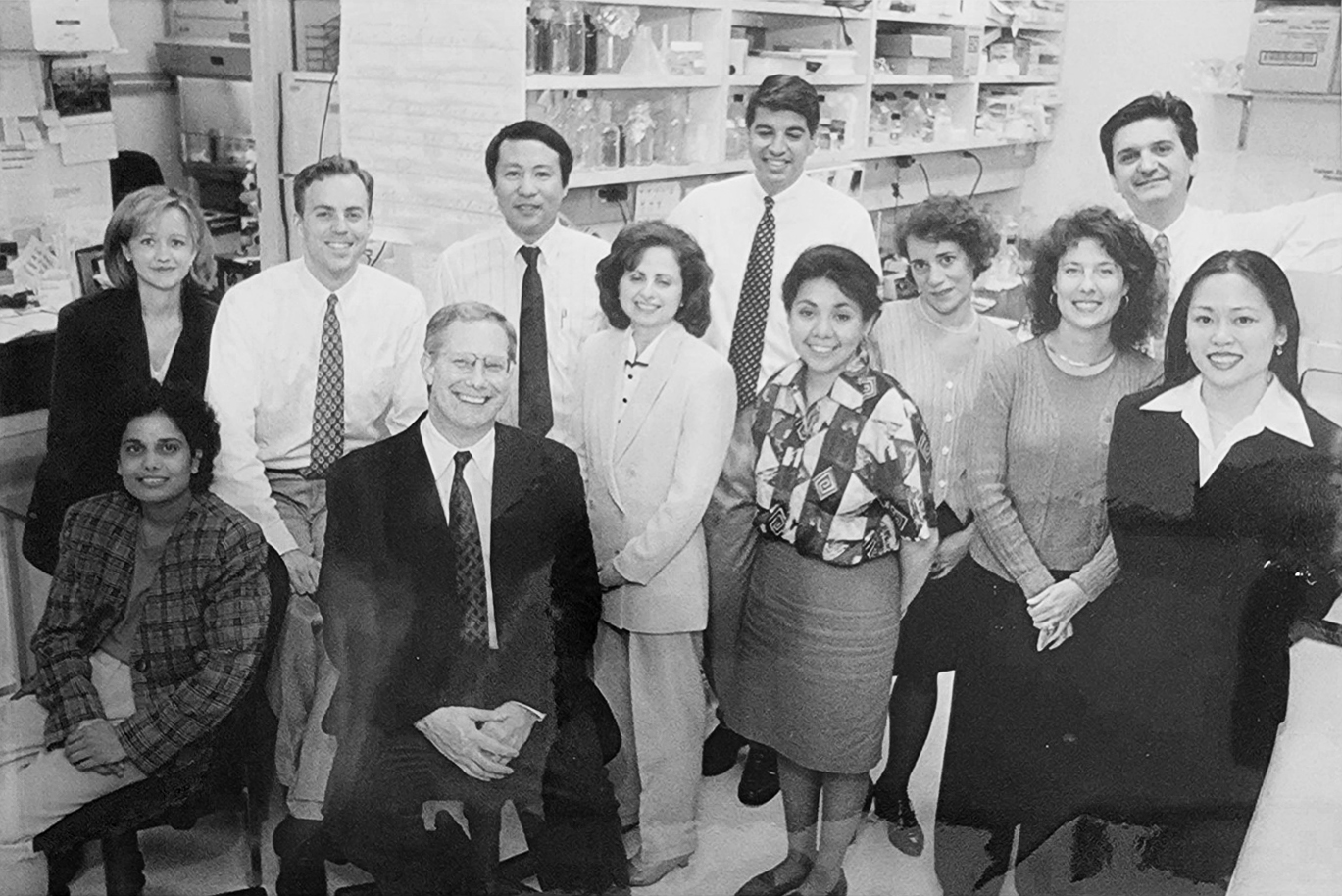
A Lifetime of Innovation
As the “Father of Tamoxifen,” Dr. Jordan was an innovative pharmacologist who paid it forward to support others in the field. He tells of his successful mentoring of young scientists and describes how training experiences shaped the careers of his Tamoxifen Team in his book, “Tamoxifen Tales: Suggestions for Scientific Survival,” published in 2022. The book highlights his students’ and fellows’ successes with recollections of their experiences in his Tamoxifen Teams that were in eight locations around the world.
“I recount my unlikely career ascent from only aiming to be a chemistry technician at the local pharmaceutical company ICI pharmaceuticals, now AstraZeneca, through the guidance of my teachers who convinced my parents I should apply to go to the university. I got an interview at one university, Leeds, and was given an offer to do a four-year course at their Department of Pharmacology. I then applied for a scholarship to do a PhD,” Dr. Jordan shared with ASPET last year.
Dr. Jordan recapped his challenges to the discovery of tamoxifen. Despite the obstacles, he persevered and presented his dissertation on tamoxifen.
“[I wanted] to crystallize the isolated ER with an estrogen and antiestrogen. That didn’t work. It took 25 years for others in the academic community to do that. I did structural variations of antiestrogens but that was so uninspiring. No one in the academic community wanted to examine my thesis. My head of the department nominated Dr. Arthur Walpole, who had a failed rat contraceptive that induced ovulation (the opposite) in women,” Dr. Jordan explained.

His persistence and contributions led to a remarkable future for breast cancer treatment.
“I was sent to America for two years but found myself alone with no supervisor. I phoned Walpole to suggest turning their antiestrogen ICI 46,476 into a breast cancer drug. My early lab experiments created a strategy of the best way to use antiestrogen. Tamoxifen was born and the late Queen presented me with the Order of the British Empire [a prestigious award given to people who have made significant contributions to society in the United Kingdom] in gratitude from the nation. The Companion of the Order of St. Michael and St. George, [an award given to people who have provided important service to a foreign nation or Commonwealth] is for discovering SERMs in Wisconsin,” Dr. Jordan told ASPET.
In summing up his career, Dr. Jordan added, “I hope this piques your interest from an academic whose contributions to medicine has received more than 50 international awards for work that has saved millions of women’s lives or improved their health.”
Author
-


Lynne Harris, MA, APR, is ASPET’s Director of Marketing and Communications and Executive Editor of The Pharmacologist. She has more than 15 years of experience as a senior-level executive leading communications strategy and 10 years as a journalist. She holds a master’s degree in strategic public communications, Accreditation in Public Relations (APR) through Public Relations Society of America and a certificate in Integrated Communications.
View all posts

